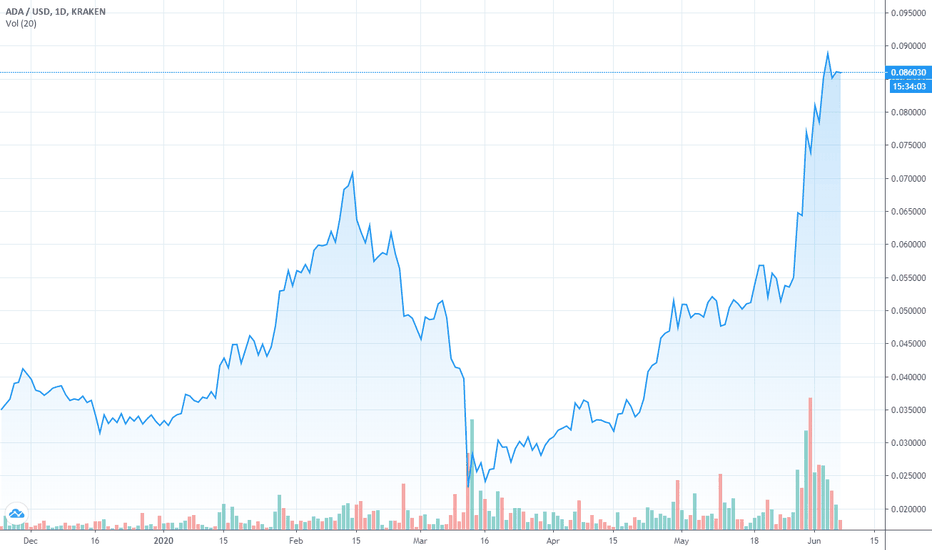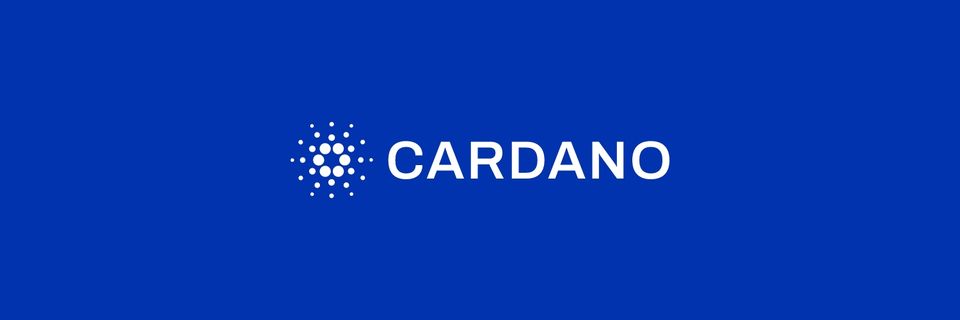What is Cardarno? What makes it different? A brief guide
Cardano is a decentralized, open-source blockchain platform that was created in 2017 by blockchain development firm IOHK. The platform is designed to be a secure, scalable, and sustainable blockchain network that can support a wide range of applications, including smart contracts, decentralized financial services, and more.
One of the key features of Cardano is its use of a proof-of-stake (PoS) consensus algorithm called Ouroboros, which was specifically designed to address some of the scalability and security issues that plague other PoS networks. In a PoS system, network participants (called “validators”) can participate in the consensus process by staking their tokens, or putting them up as collateral, to verify transactions and add them to the blockchain. This process is more energy-efficient than proof-of-work (PoW) algorithms like those used by Bitcoin and Ethereum, which require miners to perform resource-intensive computations in order to validate transactions.

Another unique aspect of Cardano is its use of a multi-layer architecture that separates the ledger of account values from the reason why values are transferred. This separation of concerns allows for greater flexibility in the types of applications that can be built on the platform, as well as the ability to easily upgrade and improve the network over time.
Cardano is also designed to be a highly modular platform, with a focus on interoperability and extensibility. This means that it can easily integrate with other blockchain networks and systems, and developers can easily build on top of it to create new applications and services.
One of the main goals of Cardano is to create a more accessible and inclusive financial system that can serve the needs of people around the world, regardless of their geographic location or economic status. To this end, the Cardano Foundation, a non-profit organization that oversees the development of the platform, has been working with partners in various regions to help promote the adoption of Cardano and bring its benefits to a wider audience.
Overall, Cardano is a promising platform that has the potential to revolutionize the way we think about and use blockchain technology. Its focus on scalability, security, and sustainability, as well as its modular architecture and commitment to accessibility, make it an exciting platform to watch in the coming years.
Cardano’s multi-layer architecture
is one of the key features that sets it apart from other blockchain platforms. It consists of two layers: the Cardano Settlement Layer (CSL) and the Cardano Computation Layer (CCL).
The CSL is the layer that handles transactions and the transfer of value between different parties on the network. It is similar to the blockchain layers found on other platforms, such as Bitcoin and Ethereum. The CSL uses a PoS consensus algorithm called Ouroboros to validate transactions and add them to the ledger.
The CCL, on the other hand, is the layer that handles the execution of smart contracts and other complex computations on the network. It is designed to be highly flexible and extensible, allowing developers to build a wide range of applications and services on top of it.
The separation of these two layers allows for greater flexibility and scalability on the platform. It also allows for easier upgrades and improvements to be made to the network, as changes to one layer can be made without affecting the other.
In addition to the CSL and CCL, Cardano also has a third layer called the Cardano Governance Layer (CGL), which is responsible for managing the overall governance and decision-making process for the network. The CGL allows network participants to propose, discuss, and vote on changes to the platform, ensuring that the development of Cardano is guided by the needs and desires of the community.
Overall, the multi-layer architecture of Cardano is a key part of what makes it a unique and innovative blockchain platform. It allows for a wide range of applications and services to be built on top of it, while also allowing for easy upgrades and improvements to be made to the network.


